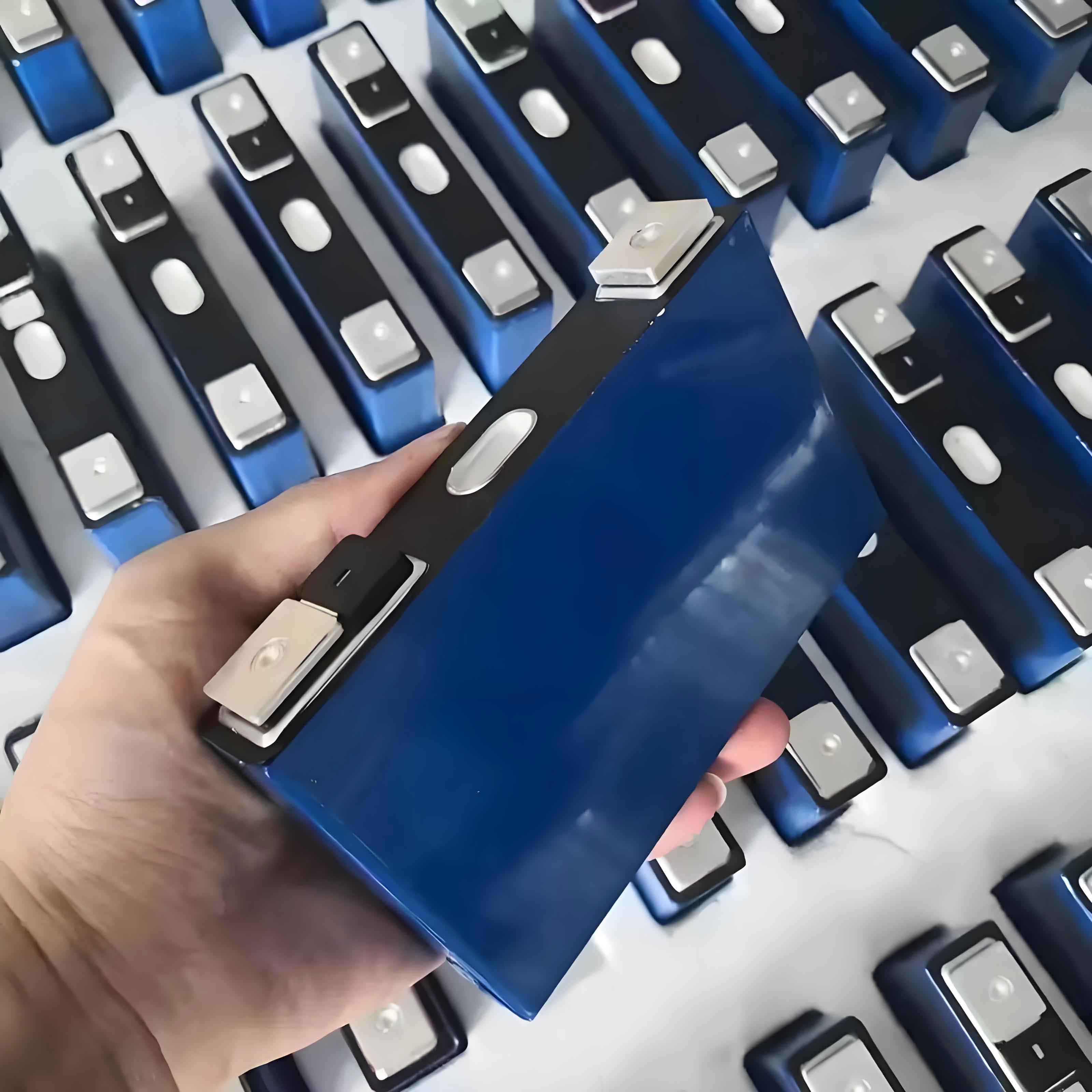Introduction
LiFePO4, with its olivine structure and substantial theoretical specific capacity of 170 mA·h/g, has emerged as a promising electrode material for lithium-ion batteries. This material boasts a stable charge-discharge platform and an intercalation-deintercalation potential that lies comfortably within the stable potential window of water in aqueous electrolytes, contributing to the long-term stability of the system. In 1966, Professor John B. Goodenough’s team at the University of Texas first proposed LiFePO4 as a cathode material for rechargeable lithium-ion batteries. Since then, LiFePO4 batteries have garnered extensive attention due to their low cost, non-toxicity, abundant natural iron resources, excellent thermal stability, safety, and electrochemical properties.

In 2022, China’s installed capacity of power batteries reached 302.3 GWh, with LiFePO4 batteries accounting for 184.5 GWh, or 61% of the total. Popular models such as the entire BYD lineup, Tesla Model Y/3, Xpeng P7/P5, and GAC Aion S/Y all utilize LiFePO4 batteries. Given their immense application prospects, this article delves into the relevant patent technology to provide insights for industry research and development.
Technical Development Overview
Retrieval Information
This article utilizes the CNABS Chinese abstract database and DWPI foreign abstract database for patent literature retrieval. Core patent analysis was conducted through the incoPat database, combined with manual screening and indexing, to statistically analyze and study the retrieved patent literature. The retrieval targets patents publicly disclosed before October 2023.
Global Patent Analysis
Table 1: Distribution of Major Patent Application Countries for LiFePO4 Batteries
| Country | Number of Patent Applications | Percentage |
|---|---|---|
| China | 2,742 | 80.25% |
| USA | 321 | 9.33% |
| EU | 154 | 4.45% |
| Japan | 109 | 3.16% |
| Korea | 97 | 2.81% |
China stands out as the primary research entity for LiFePO4 batteries, significantly contributing to the advent of the automotive electrification era. This has laid a solid foundation for the booming electric vehicle industry in China and nurtured numerous outstanding power battery enterprises.
Figure 1: Distribution of Major Patent Application Countries for LiFePO4 Batteries
(Insert a bar chart here showing the distribution of patent applications by country)
Application Time Distribution
Figure 2: Time Distribution of LiFePO4 Battery Patent Applications
(Insert a line chart here showing the trend of patent applications over time)
From 2005 to 2013, patent applications for LiFePO4 batteries increased annually. After a brief decline, they peaked in 2017. Although LiFePO4 batteries offer high safety performance, long service life, and fast charging speeds, their energy density and low-temperature tolerance are inferior to those of ternary lithium batteries. This shift in research focus may explain the temporary decline in patent applications for LiFePO4 batteries. Additionally, some patents applied for in 2022-2023 may not have been publicly disclosed yet, so the data for these years is for reference only.
Major Applicants Distribution
Table 2: Distribution of Major Patent Applicants for LiFePO4 Batteries
| Applicant | Number of Patent Applications |
|---|---|
| SWD | — |
| BYD | — |
| GSL | — |
| VoltCoffer | — |
Among the top 10 applicants, seven are Chinese enterprises, including SWD, BYD, and GSL, which are global leaders in electric vehicle power battery supply.
Legal Status of Patent Applications
Figure 3: Legal Status of LiFePO4 Battery Patent Applications
(Insert a pie chart here showing the legal status distribution)
Approximately 47% of patent applications are in a valid state, 29% are invalid, and 24% are under review. Half of the related patents have been granted, and converting these technological achievements into practical applications will undoubtedly bring significant benefits to the corresponding enterprises, fostering a virtuous cycle of research-conversion-revenue-re-research.
Typical Patent Application Analysis
Since the first proposal to use LiFePO4 batteries in the electric vehicle field in 2003, they have become a significant player in the electric vehicle power battery market after nearly 20 years of development. The following are some notable patent applications related to LiFePO4 batteries:
Table 3: Notable LiFePO4 Battery Patent Applications
| Patent Number | Applicant | Brief Description |
|---|---|---|
| US2003124423A1 | Toyota | First patent to use LiFePO4 batteries as a power source for electric vehicles |
| CN101800310A | SINANO | Preparation method of lithium-ion battery cathode material incorporated with graphene |
| CN110429277A | GSL | Preparation method of high-compaction, high-rate LiFePO4 cathode material |
| CN102347513A | Hunan U | Preparation process of high-performance aqueous LiFePO4 power battery |
| CN102034971A | SCUT | Preparation method of LiFePO4/PPyPy composite cathode material for lithium-ion batteries |
| CN102610826A | SEU | Preparation method of high-performance LiFePO4 |
| CN103708434A | SJTU | Preparation method of nano-crystalline agglomerated spherical micro-nano LiFePO4 |
| CN110518174A | BYD | Battery, battery module, and battery pack with improved structure |
Conclusion
This article comprehensively reviews the patent technology related to LiFePO4 batteries, analyzing five dimensions: global patent distribution, patent application time, major applicant distribution, legal status of patent applications, and notable patent applications. It provides insights into the basic development trends of the industry and serves as a reference for professionals involved in the LiFePO4 battery industry.
With the increasing production and sales of new energy vehicles, LiFePO4 batteries, as the main force, will continue to receive extensive research and improvements. The continuous innovation and patent protection of LiFePO4 battery technology will undoubtedly drive the sustainable development of the electric vehicle industry.
